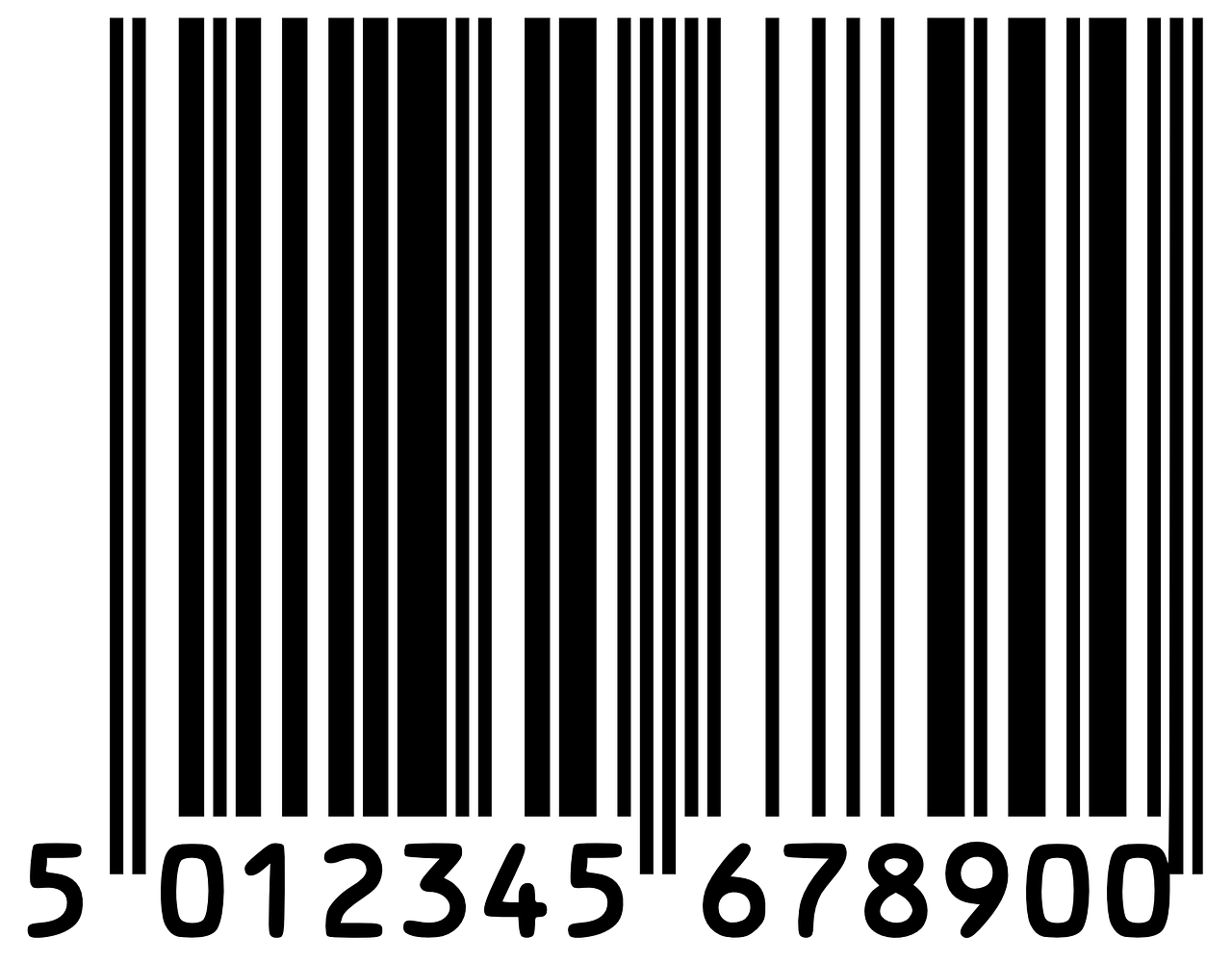Technology for Tracking
On Thursday 8th December, the Digital By Default group came together to hear from James Franklin at Kier about their use of component tracking within their current project and Rachel Heaton at GS1 to discuss what standards can be implemented to enable asset tracking within construction.
Kier: Tag and Track
James Franklin began by giving some background into Kier’s drive to better track components throughout the build process. He explained that, whilst completing their project, HMP Five Wells, Kier used numerous factories across the country to manufacture the DfMA parts and found that they would benefit from better visibility of the processes, both on and off site. They believed this would have reduced some of the challenges they had faced such as inertia in production rates, delay costs, lack of transparency from manufacturing partners, stock management in the supply chain, etc.
components throughout the build process. He explained that, whilst completing their project, HMP Five Wells, Kier used numerous factories across the country to manufacture the DfMA parts and found that they would benefit from better visibility of the processes, both on and off site. They believed this would have reduced some of the challenges they had faced such as inertia in production rates, delay costs, lack of transparency from manufacturing partners, stock management in the supply chain, etc.
Following their award-winning success with HMP Five Wells, Kier are now engaged in a new project, HMP Full Sutton, part of the NPP (New Prisons Programme). Working within this Programme has a number of benefits, such as reduced cost through efficiencies, reduced risk through programme certainty, improved security and Chain of Custody, supporting the supply chain and SMEs, improved trust, communication and collaboration between all stakeholders, digital transformation strategy alignment, etc. However, there are drawbacks; competing resources, global shortages and labour scarcity.
In an attempt to mitigate these challenges, Kier partnered with Ynomia who were able to provide an end-to-end digital solution which could connect a jobsite with a digital twin to enable supply chain automation. Working alongside precast specialists, PCE Ltd, Kier were able to implement automated sensors to tag and track their components as they travelled through ‘gateways’ installed along the product’s route from fabrication to installation. This would update the app, enabling real-time insights and reports and making it possible to follow assets through the production, delivery and installation process.

Find a copy of James Franklin’s slides here.
Benefits of using a tag and track method within the supply chain:
- Real time capture of status of assets
- Earlier visibility of assets not arriving as planned
- Automated updates
- Easy to use process for the whole supply chain
- Less prone to human error
- Accurate data

GS1 Standards in Construction
Rachel Heaton from GS1 led the second half of the Digital By Default meeting with a focus on the

standards they implement and how these could be beneficial within the construction industry.
She identified 3 key drivers for digital transformation:
- Safety
- Sustainability
- Traceability
Unique Identification
GS1 use standards to identify, capture and share information in a common format. They enable organisations to identify products, places, people and assets using different ID keys such as GTIN (Global Trade Item Number) which allows for the identification of products using a unique number, usually found below a barcode. Scanning a barcode or RFID tag (Radio Frequency Identification) enables immediate data capture and can be used to identify anything, anywhere or locate people/products, depending on the ID key used.

GTINs (Global Trade Item Numbers) are particularly useful within construction as they allow for the retrieval of predefined information about a product.
Some of the benefits of using these within construction are:

- Lays the foundation of traceability
- Efficiency and profitability in the supply chain- knowing where your item is,
- at the right time and place
- Authentication of projects
- Increased digitalisation and automation
- Interoperability in value chain
- Higher data quality
- GTIN is ISO compliant

Why GS1 Standards Matter:
Having a unique identification number allows for no misidentification- you know you’re getting the right product and have all of the information you need.
Misidentification can a have a big impact on projects in the way of time loss, extra cost, delivery impact, trade restrictions and loss of orders. This can also lead to unnecessary environmental impact due to emissions from delivery of replacement parts, waste disposal of unneeded parts, etc.
Output from the meeting
There are clear benefits to using the tools discussed in this Digital By Default meeting, most notably time and cost efficiency, better understanding and engagement with supply chain and traceability.
While GS1s standards allow for interoperability, there is still a need for greater data sharing ability within construction. A standard exchange format to share data along a project’s journey would enable for better sharing among project managers, supply chain, manufacturers, etc. Kier’s collaboration with PCE Ltd to trial tracking components is a good example of the benefits of sharing information throughout the chain.




Comments are closed.